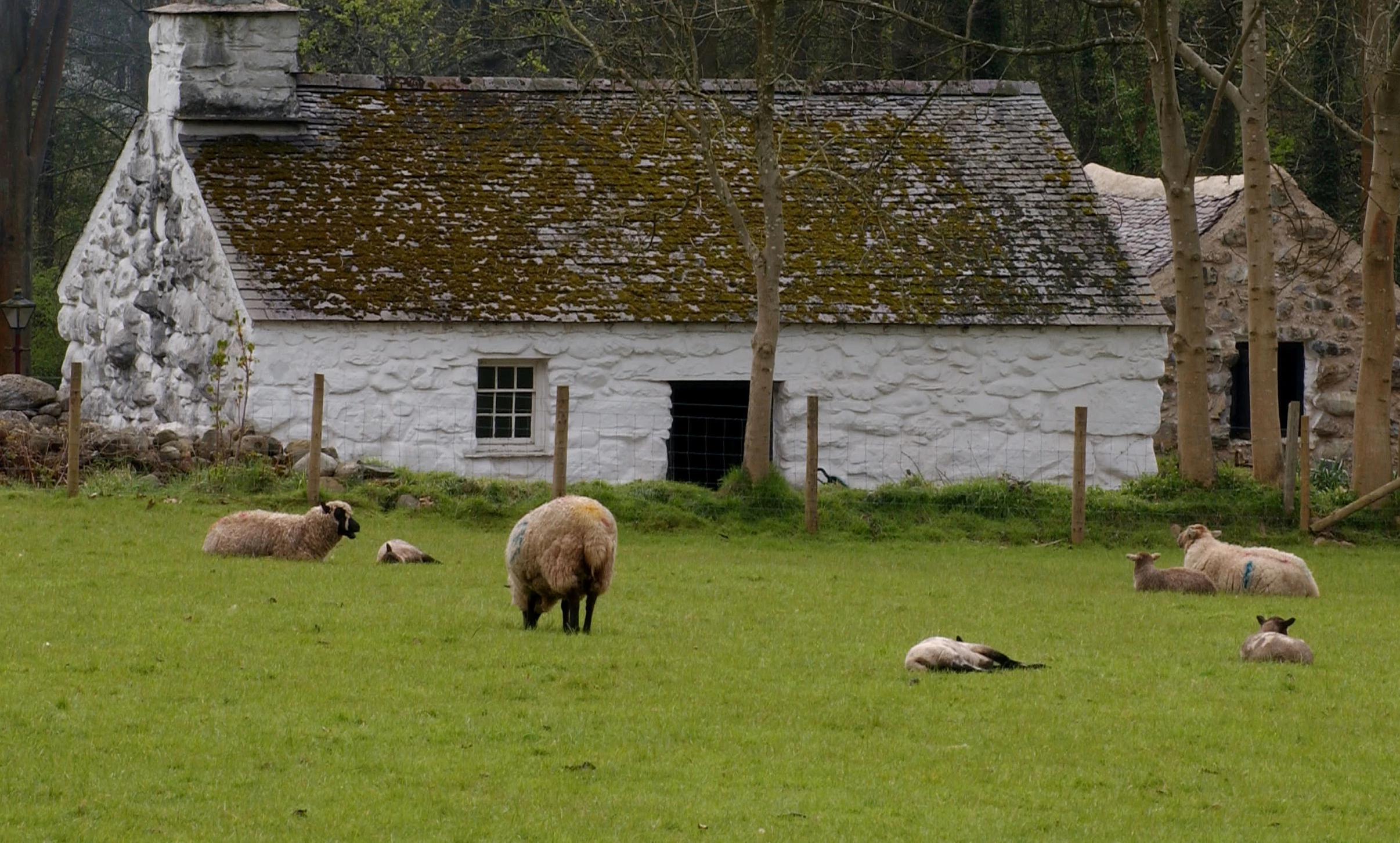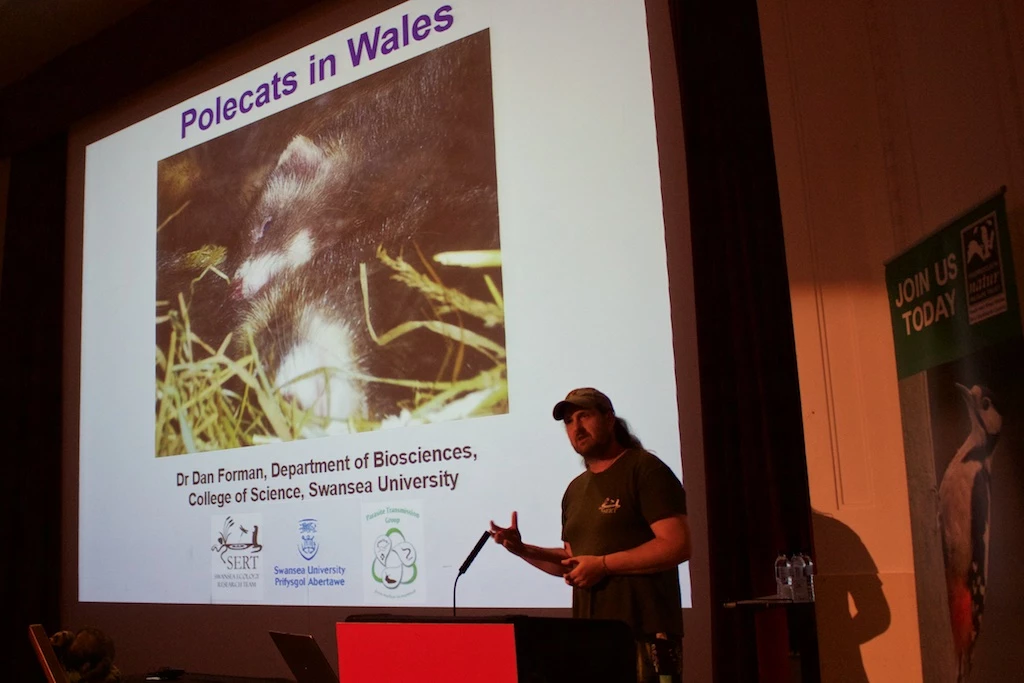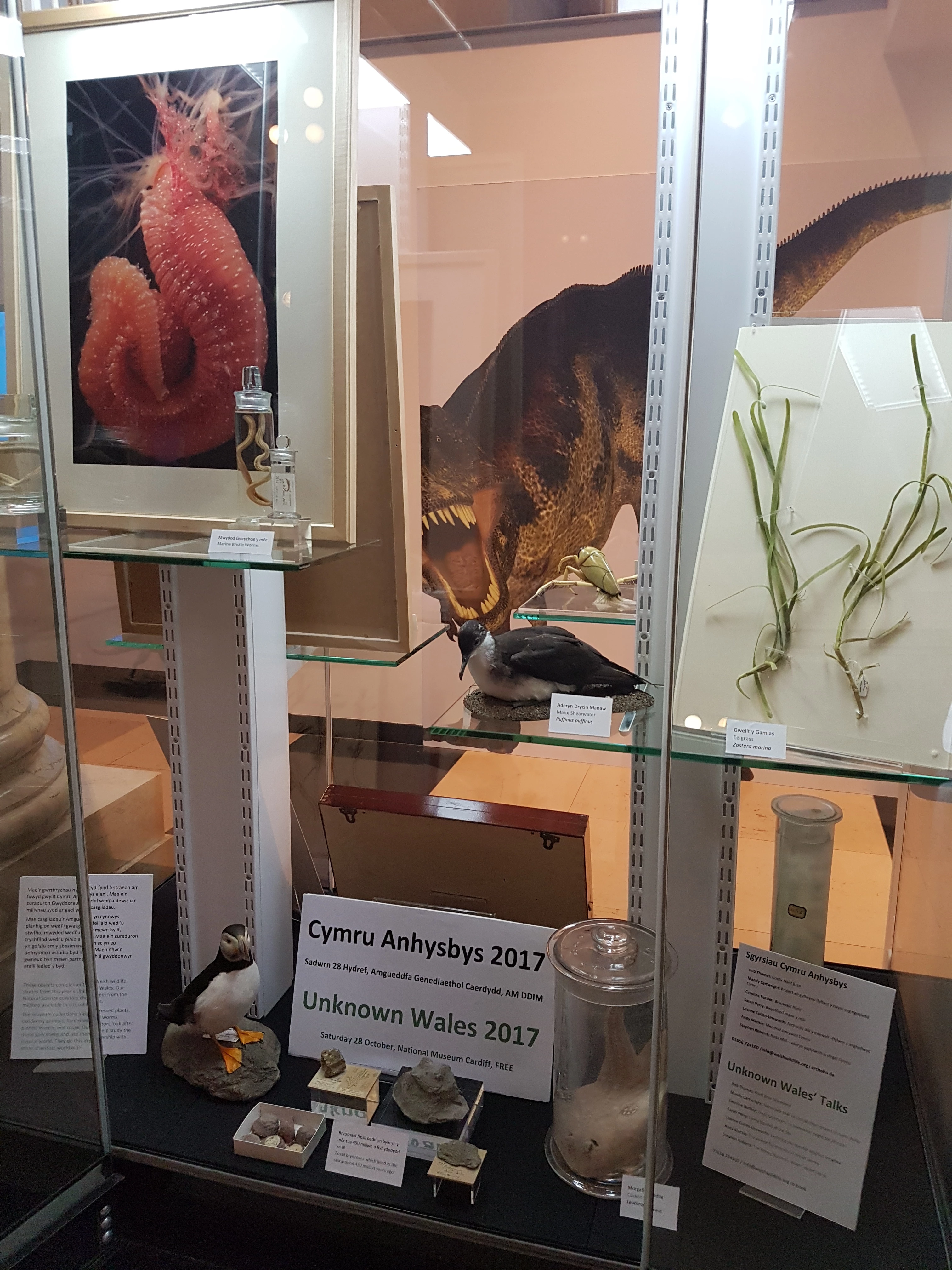Ŵyna a Newid Hinsawdd: Beth ydy'r Heriau yn Sain Ffagan?
, 20 Mawrth 2024
Ar raddfa eang, mae newid yn yr hinsawdd wedi ein gwneud ni i gyd yn ymwybodol o ba mor anrhagweladwy y gall y tywydd fod o flwyddyn i flwyddyn. Ond sut mae hyn wedi effeithio ar ŵyna yn Sain Ffagan a ffermio yng Nghymru yn gyffredinol? Wrth siarad ag Emma o dîm ffermio Sain Ffagan, dysgais sut mae newid yn yr hinsawdd wedi effeithio ar Sgrinwyna 2024.
Y newyddion da ydy bod eleni wedi bod yn haws o’i gymharu â 2023! Mae hyn o ganlyniad i fwy o law dros haf 2023 o’i gymharu â 2022, ac felly roedd digon o laswellt ar gael i fwydo’r defaid. Roedd y flwyddyn flaenorol i’r gwrthwyneb; yn ôl data’r Swyddfa Dywydd dim ond 13.0mm o law gafwyd yng Nghaerdydd ym mis Gorffennaf 2022, tra gwelodd 2023 gynnydd syfrdanol i 185.6mm o law yn yr un mis. Mae haf sych a diffyg glaswellt naturiol yn golygu bod yn rhaid i’r fferm ddibynnu mwy ar wair a bwyd wrth gefn, gan arwain at gyflwr corfforol gwael a chyfraddau geni is wedi hynny. Mae angen monitro’r defaid yn gyson yn y cyfnod cyn ac yn ystod beichiogrwydd. Mae cael lefelau mwynau a fitaminau uchel i’r defaid yn hanfodol er mwyn sicrhau bod ganddynt gyfraddau ffrwythlondeb a beichiogi uchel wrth gael eu hanfon at yr hyrddod. Gall diwallu eu hanghenion maethol hefyd sicrhau nad ydynt yn defnyddio eu stôr o egni wrth gefn yn anterth eu beichiogrwydd. Yn 2023 fe welsom 342 o ŵyn yn cael eu geni yn Sain Ffagan, ac eleni mae 444 o ŵyn wedi eu geni hyd yma (hyd at 19 Mawrth). Mae hyn yn cynnwys nifer sylweddol uwch o dripledi na’r cyfartaledd, yn ogystal ag un set o cwads!
Felly, a yw mwy o law bob amser yn beth da? Ydy a nac ydy, mae amodau gwlyb a sych yn dod â’u heriau unigryw eu hunain. Mae gormod o law yn arwain at gaeau sydd dan ddŵr a’r glaswellt yn llai tebygol o dyfu’n dda. Mae’r fferm yn Sain Ffagan yn arbennig ar dir isel ac felly’n sychu’n arafach. Gall draed y defaid bydru mewn amodau gwael o dan draed, sy’n gallu effeithio ar eu chwant bwyd, bydd eu coesau yn gwanhau gan nad ydyn nhw’n bwyta, ac o ganlyniad mae’n bosibl na allant feichiogi yn ystod y tymor paru.
Fel y gallwch weld, mae llawer o waith cynnal a chadw gydag ŵyna! Gall hyd yn oed y newid lleiaf effeithio ar ŵyna bob blwyddyn, felly mae ffermwyr eisoes yn barod ar gyfer y newidiadau mawr. Yng ngeiriau Emma: “mae’n rhaid i ni fod”. Mae ffermwyr ar hyd yr oesoedd wedi gorfod dod i adnabod eu tir a deall sut mae’r tir yn newid, ac mae tywydd eithafol, tra’n dod yn fwy cyffredin, wedi bod yn digwydd erioed. Yn gryno, mae bod yn barod ar gyfer pob digwyddiad posibl yn rhan annatod o’r swydd. Er bod y ffactorau yn newid yn barhaus, mae gan y tîm yn Sain Ffagan yr agwedd ffermwr cynhenid i ddal ati.
Ar y llaw arall, mae da byw yn gallu bod yn fwy anwadal. Arweiniodd sychder 2022 at anffrwythlondeb i rai o’r hyrddod; roedd hyn yn gallu cael ei synhwyro gan y mamogiaid ac o ganlyniad fe welwyd y tymor wyna yn ymestyn. Mae’r ŵyn wrth gwrs yn agored i niwed hefyd, prinder bwyd yn ystod sychder sy’n effeithio ar eu cyfraddau twf a gallu’r fam i ofalu am ei hŵyn. Mewn rhai achosion bydd yn rhaidd iddi flaenoriaethu ei llaeth a gadael un o’i hŵyn allan. Gall hwyliau cyffredinol defaid gael ei effeithio hefyd, maen nhw’n diflasu cymaint â ni mewn glaw parhaus! Llynedd, yn ystod cyfnodau o law cyson, byddai’r defaid yn gwrthod gadael y sied hyd yn oed pan oedd y drysau lled pen ar agor.
I gloi, rydyn ni’n gwybod bod y byd yn newid o hyd, ond felly hefyd ŵyna. Mae ffermwyr wedi arfer ag addasu a gwneud y mwyaf o’r hyn sydd ganddyn nhw. Diolch yn fawr iawn i Emma am gymryd yr amser i siarad â mi, a gobeithio eich bod chi wedi mwynhau gwylio Sgrinwyna 2024!
Gan Lowri Couzens, Cynhyrchydd Amgueddfa Cymru
Ydych chi’n mee-ddwl y byd o Sgrinwyna? Cyfrannwch heddiw!











